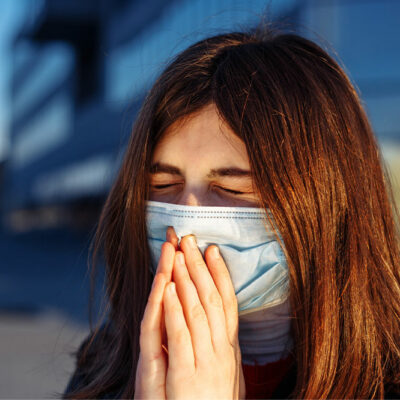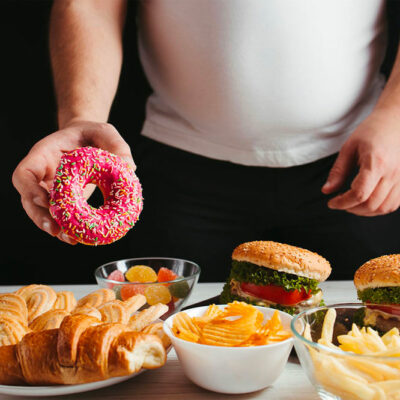
10 unfavorable cities for people with allergies
Over 50 million people live with allergies every year and many of them have seasonal pollen allergies. The Asthma and Allergy Foundation of America (AAFA) studies over 100 cities every year to curate a list of the best and worst cities for people with spring or fall allergies. Factors such as seasonal pollen scores, over-the-counter treatment use, climatic conditions, and availability of board-certified health professionals or allergists are taken into consideration. Based on these reports, here are the 10 worst cities for people with allergies to live in: Scranton, PA Scranton is surrounded by forests and grasslands, which are pushed into the city by the fall winds, causing higher-than-average pollen levels, making it one of the worst cities for allergy sufferers. Wichita, KS The city of Wichita is windy and flat. With pollen flowing down the plains and virtually no trees to stop them, the city is one of the worst places to live for people with allergies. McAllen, TX McAllen faces hot weather in the summer with abundant pollen and flowering plants. Over the last few decades, the city has also seen a stable rise in ragweed pollen, worsening the situation for allergy sufferers. Richmond, VA Richmond is known for its subtropical climate and excessive humidity.
Read Article 









